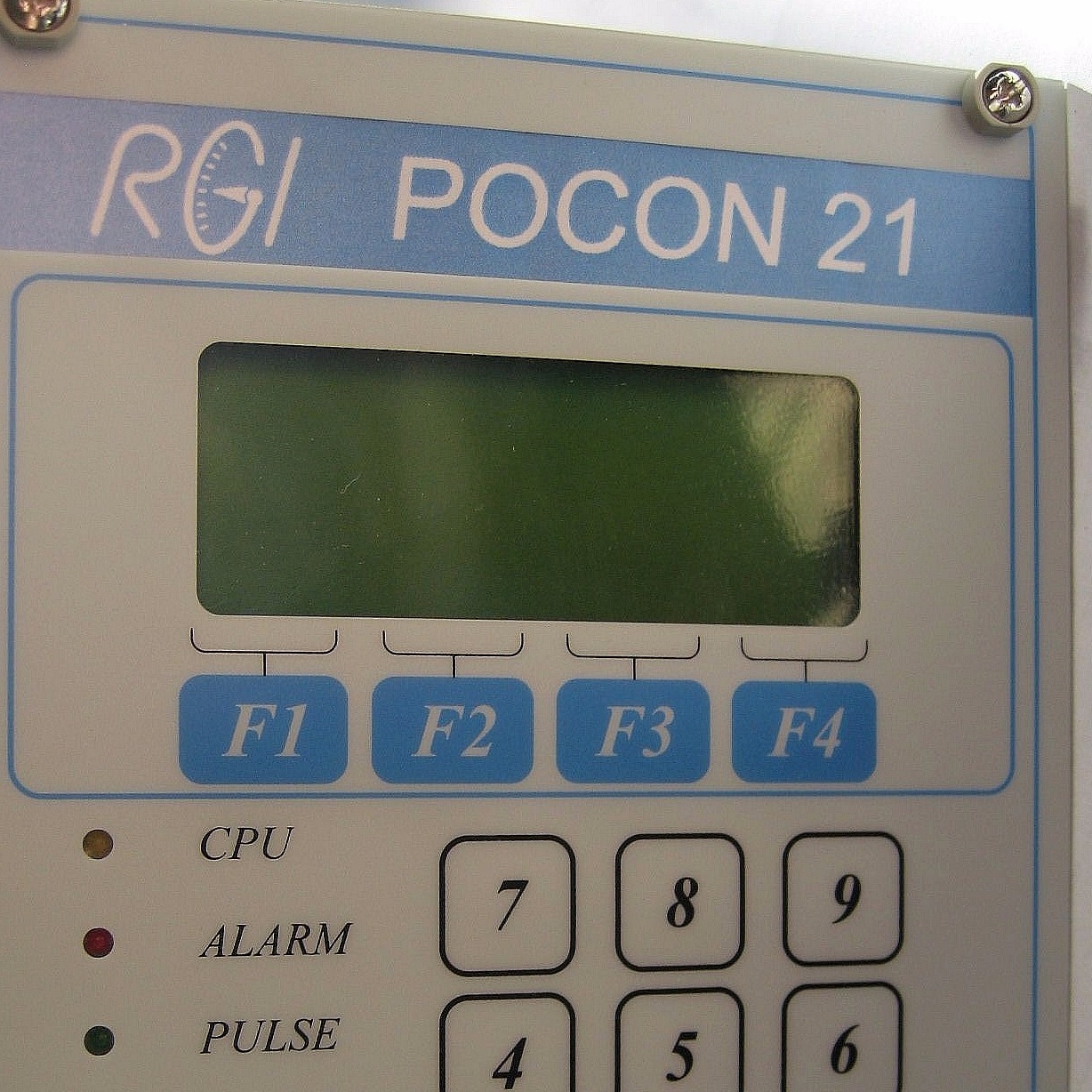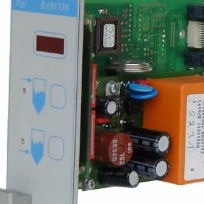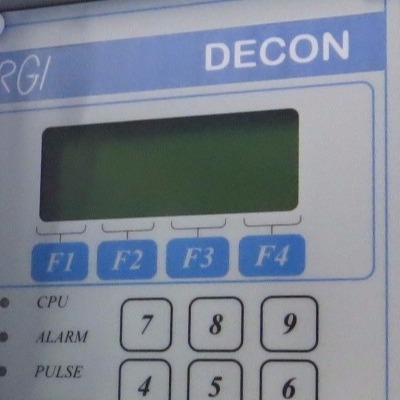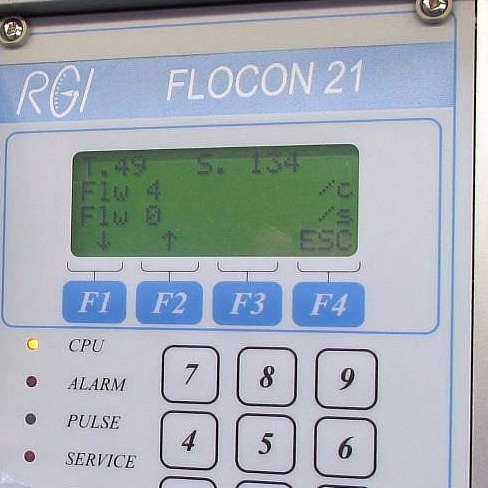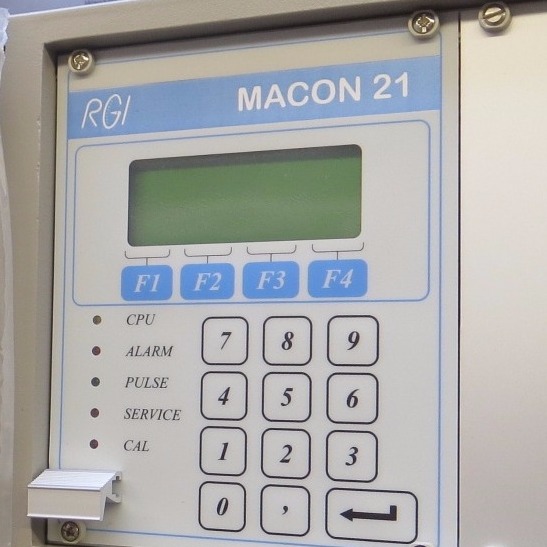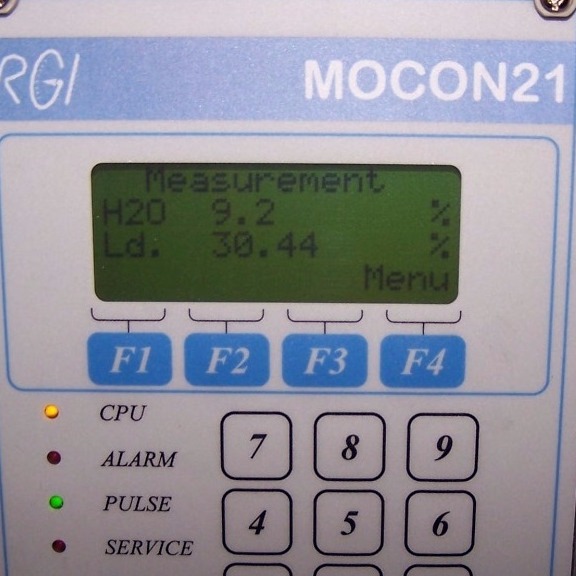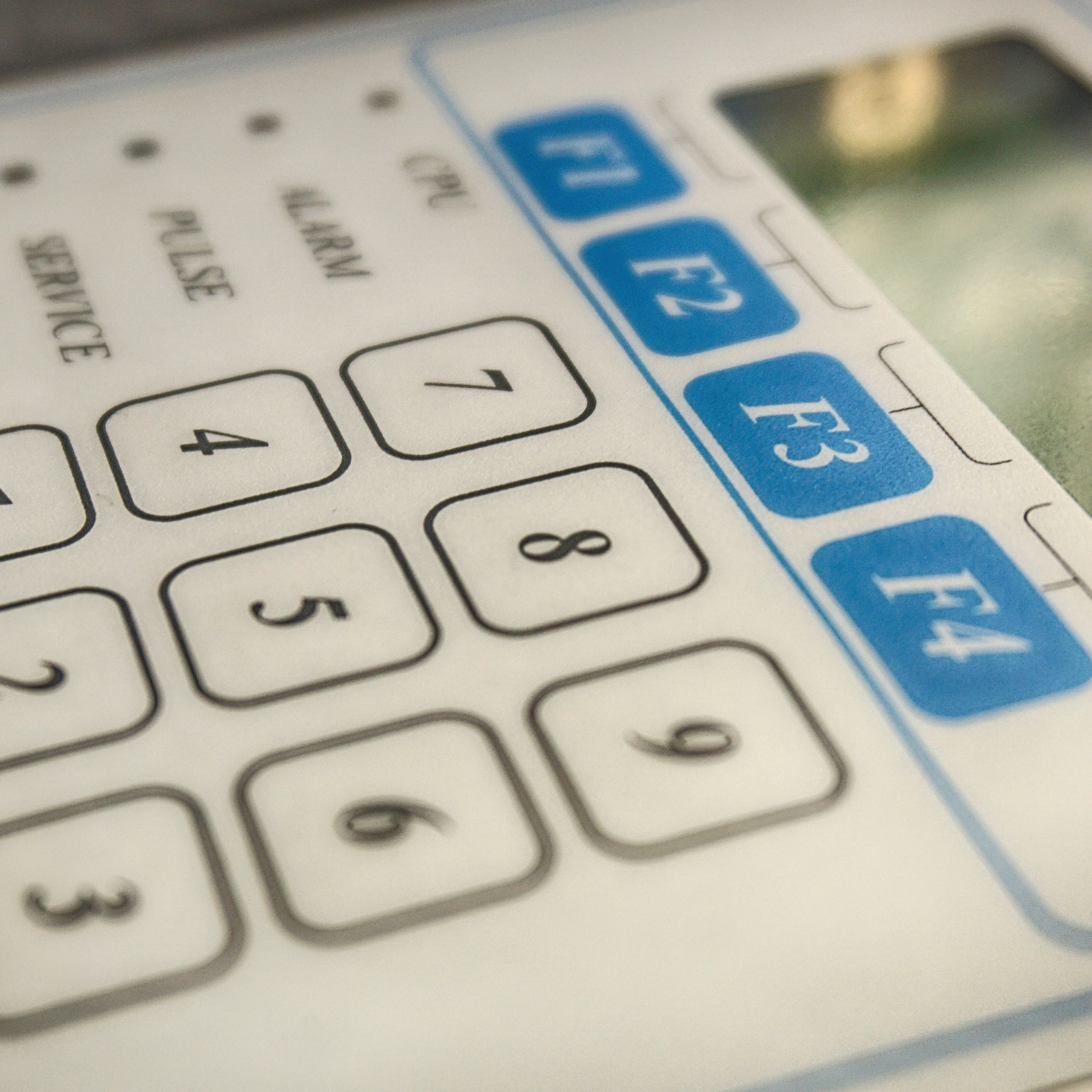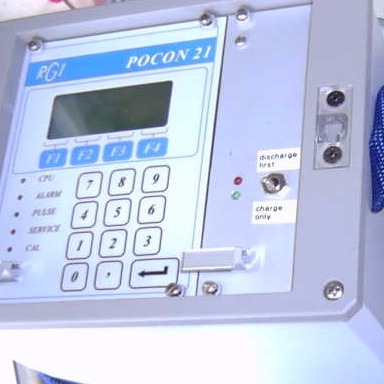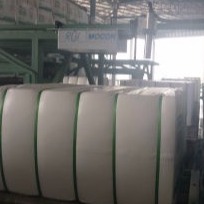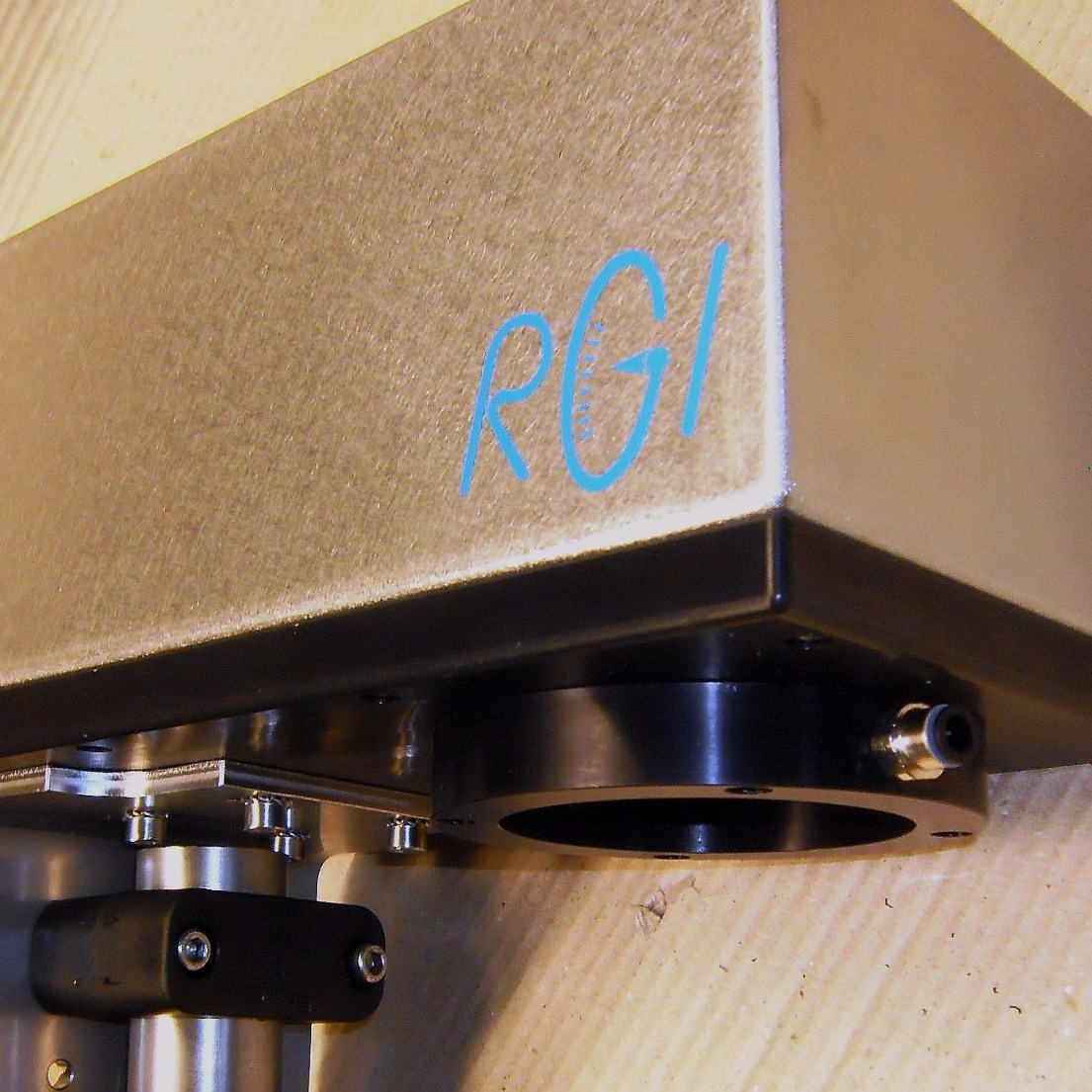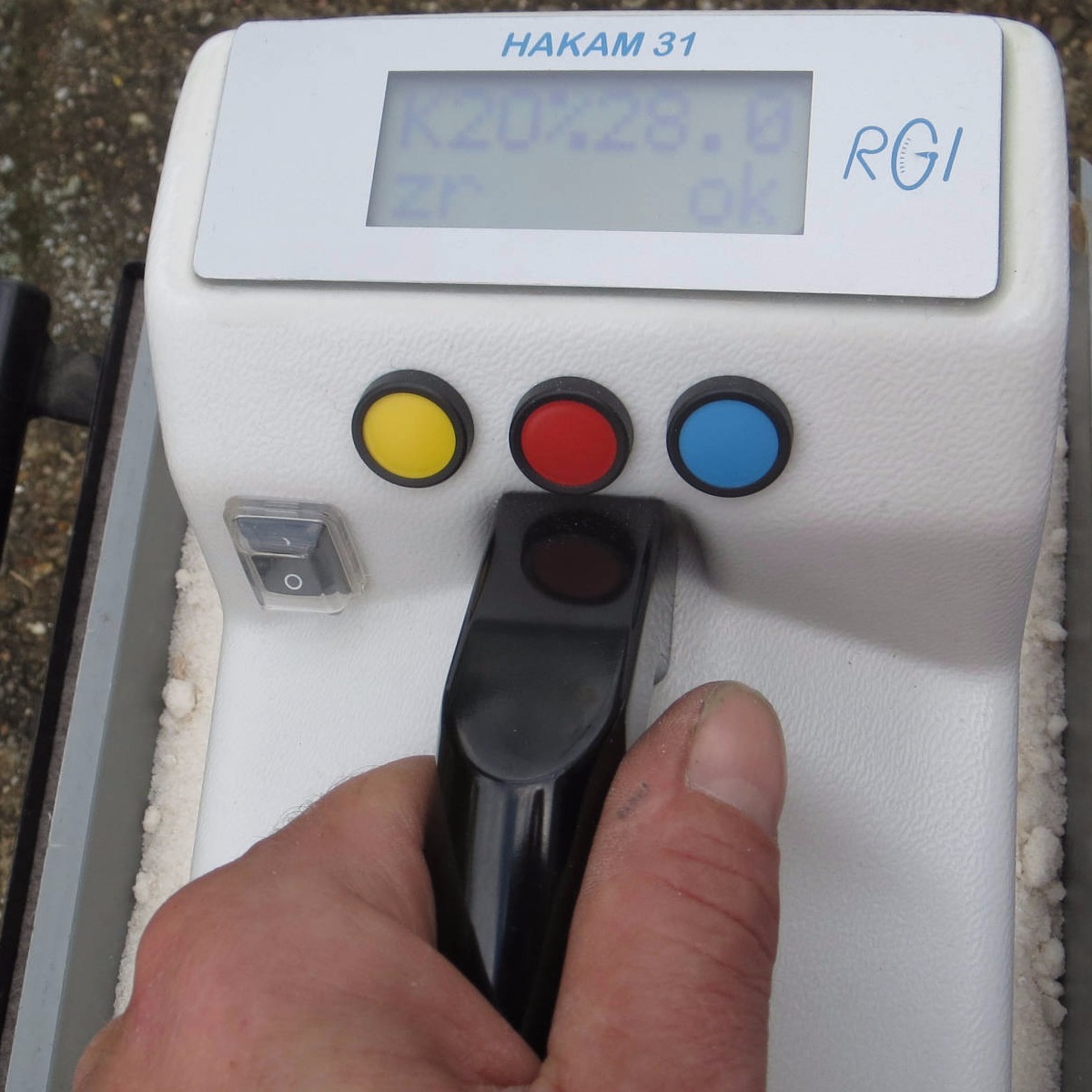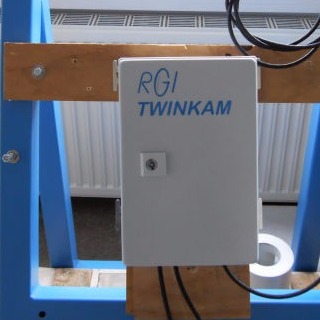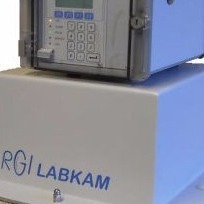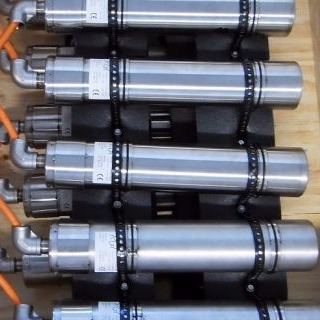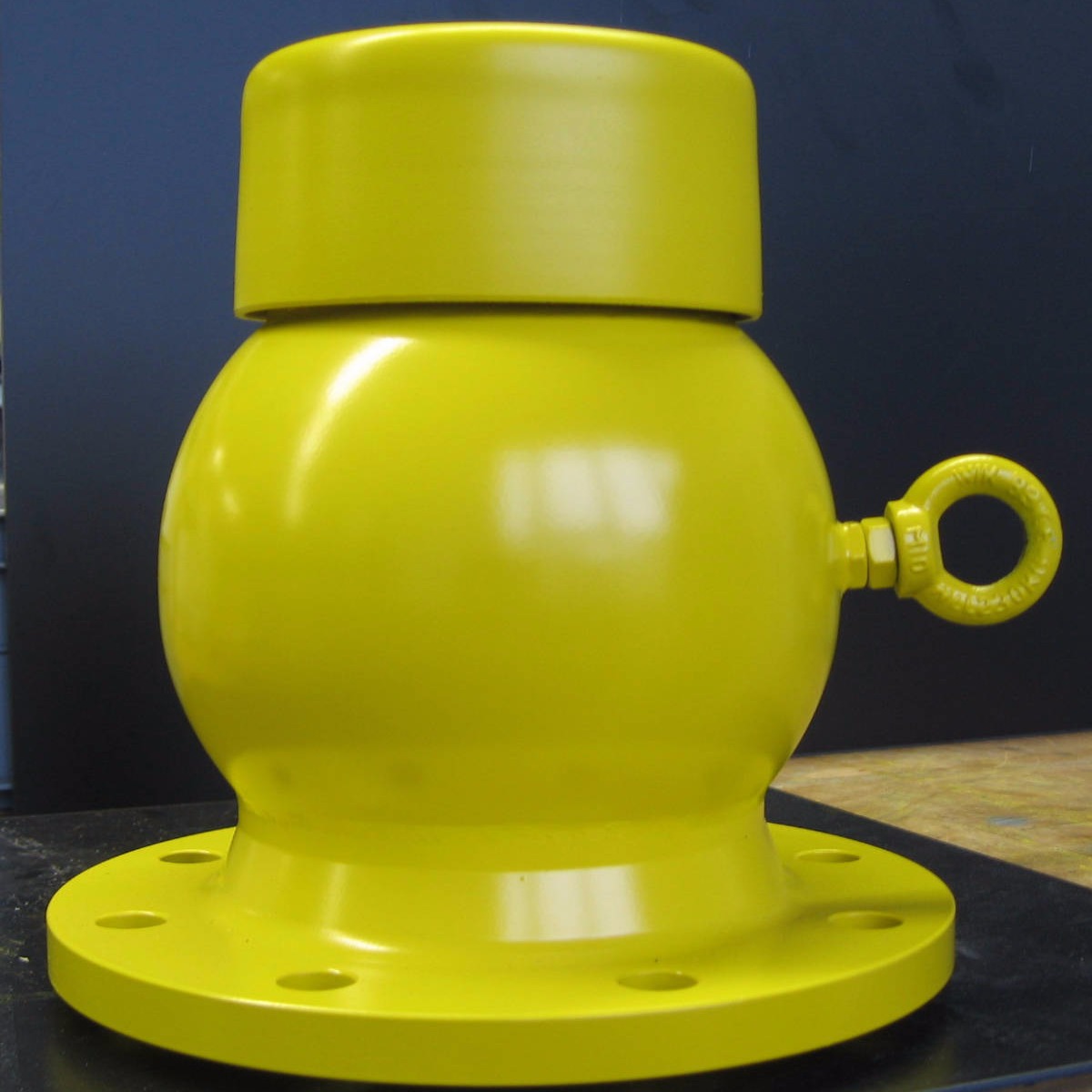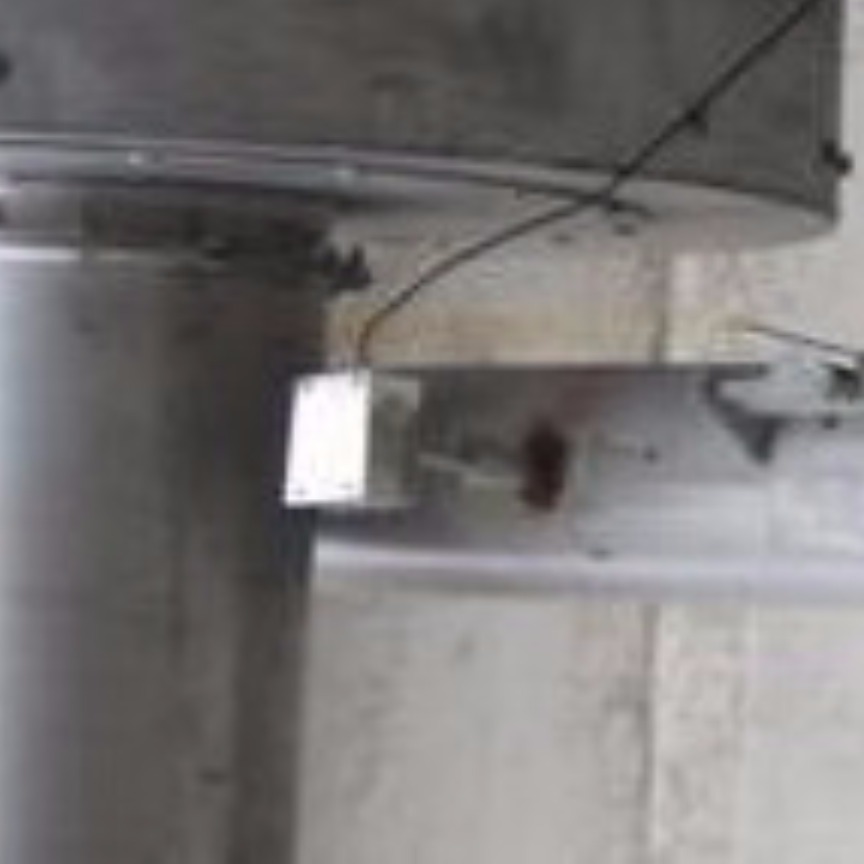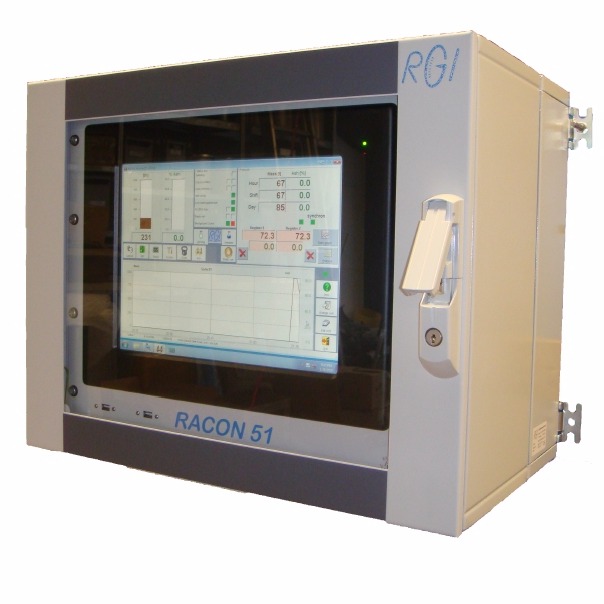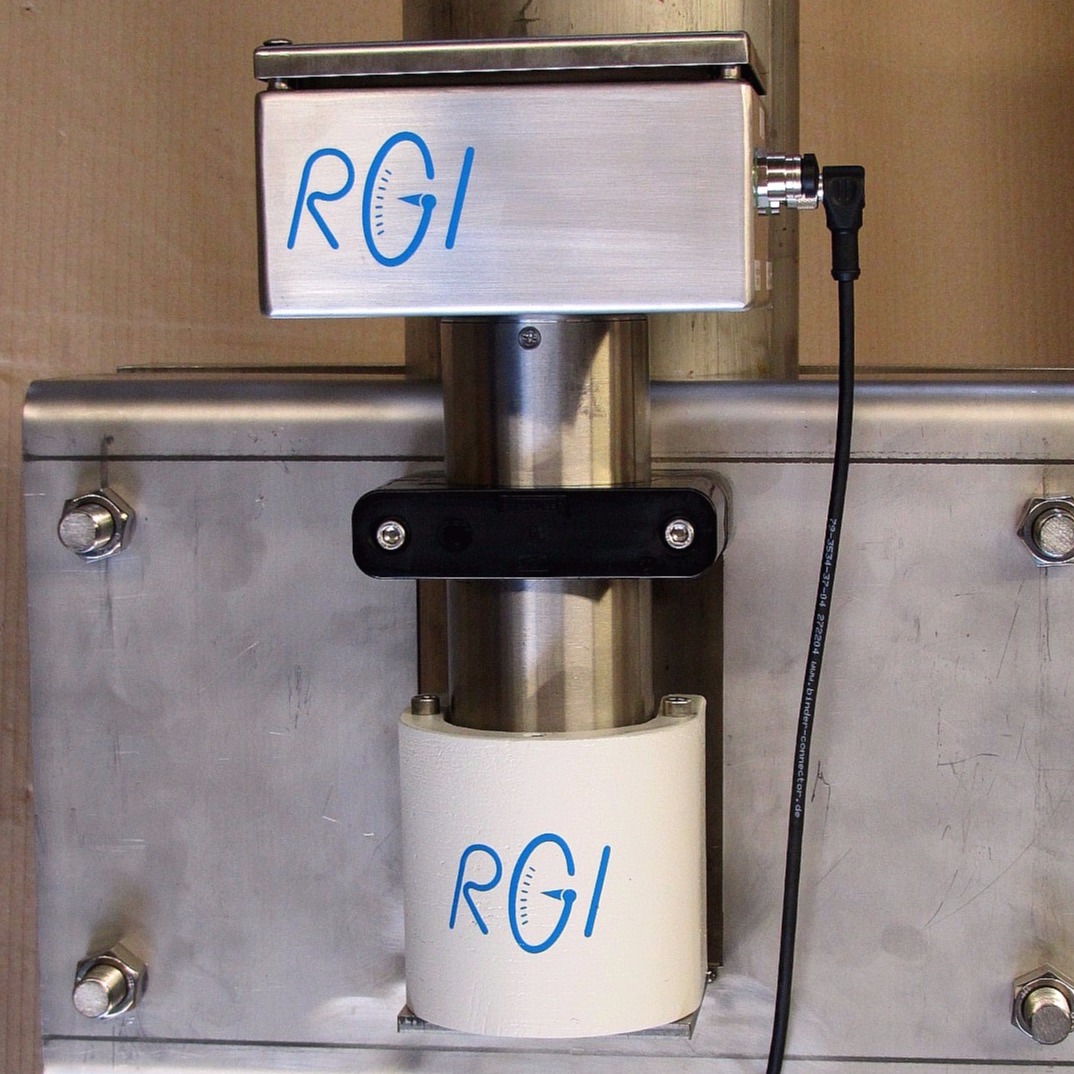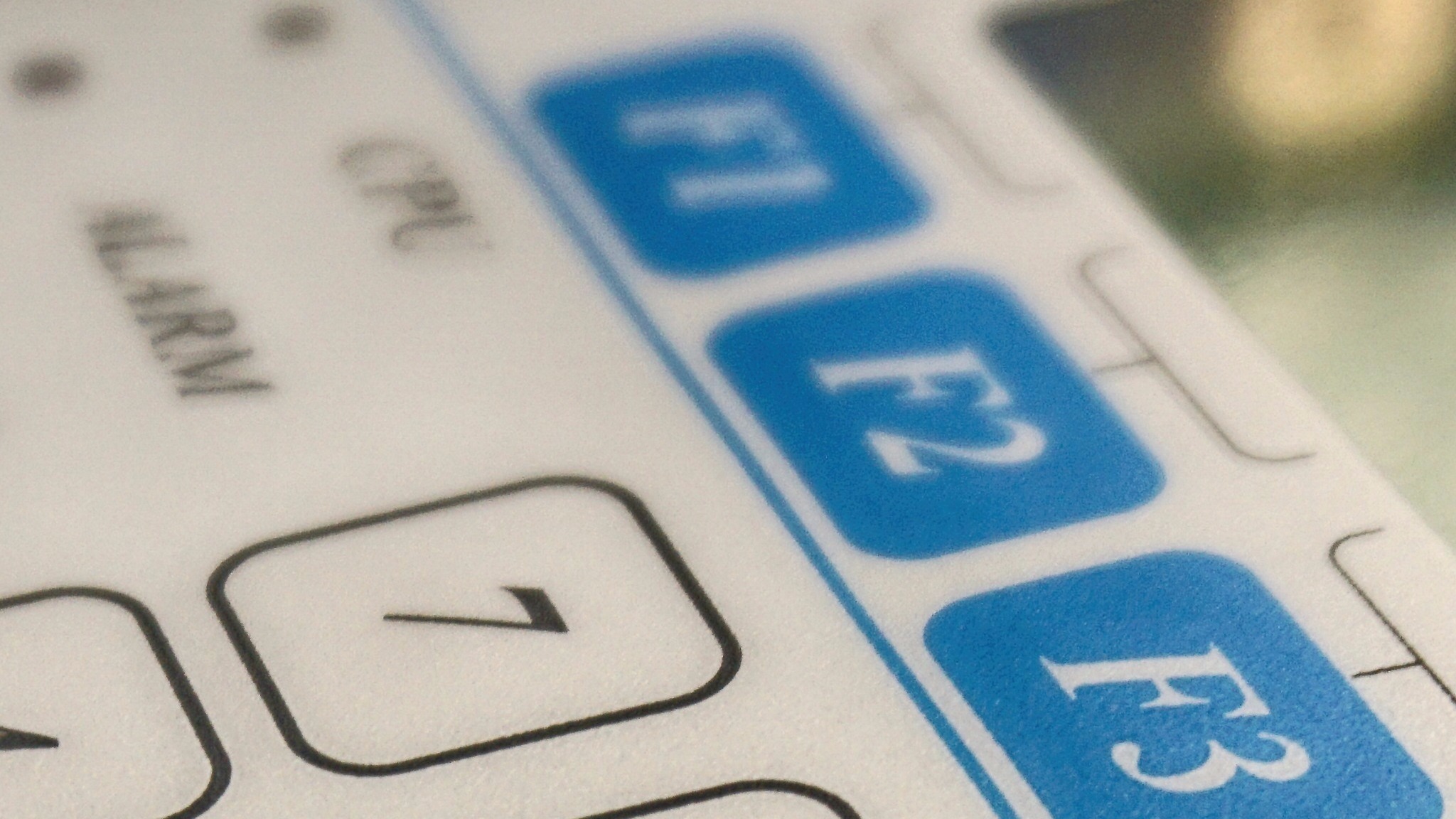Product specification
Micro computer for non-contact potassium measurement
Description
POCON 21 is a micro computer that was specially designed for measuring the potassium content.
By connecting different detectors (2π and 4π geometry), the device can be optimally adapted to measure both alkaline and solid salt.
The calibration can be done in percent KCl as well as in percent K2O, whereby the internal calibration table can save up to 20 comparison values.
A special correction measurement with two reference samples for processing different environmental conditions enables the device to be used regardless of location without time-consuming recalibration.
POCON 21 has two operating modes for determining the potassium content:
● Measurement in continuous operation
● Batch operation via start-stop signals.
All inputs and outputs are galvanically isolated from the computer and equipped with reverse polarity protection.
The potassium content is output as an analog 0 / 4-20mA signal with freely selectable scaling with 10 bit accuracy (<0.5%).
PDxx
Radiation detector
more ... >>>
POCON-RGI
Software for POCON-HC potash content measuring system
more ... >>>
LABKAM
Laboratory potassium concentration measuring system
more ... >>>
Technical data
Power supply:
● Standard: - 230V ~
● Optional: - 115V ~, 24V ~, 24V =
Counter inputs:
● 2 galvanically decoupled 16 bit counters
● Dead time 1.5μs
● max. Pulse rise time 250ns
● 1, 2, 4 or 8 measurements per second
● maximum count rate 8 * 216 pulses / s (with 8 measurements / s)
Digital inputs:
● 4 galvanically isolated inputs (switching threshold 3V)
● maximum input voltage 24V
● individually switchable logic
Digital outputs:
● Standard:
- 4 potential-free relay contacts (changeover contacts)
- Max. 110V DC, 125V AC; Max. 1A; Max. 30W
● Optional:
- 4 electronic relay outputs
- galvanically decoupled maximum output voltage 30V
- overload protection
- individually switchable logic
Current output:
● Standard:
- 1 analog output (galvanically isolated)
- 0 ... 20mA or 4 ... 20mA adjustable
- accuracy +/- 0.5%
- freely scalable
- Detection of line breaks in both operating modes
● Optional:
- 2nd current output
Dimensions:
● WxHxD 101.4mm (20HP) x 128.2 (3U) x 188mm
Miscellaneous:
● Illuminated 4-line LC display (4x16 characters)
● Keypad with tactile and acoustic feedback
● Signal generator
● Battery backup via lithium cell
● Integrated watch dog function
● Optional: serial interface
Temperature range:
● 0-55 ° C (ambient temperature)
Weight:
● 518g (without case)
● 5100g (with wall housing)
Wall housing:
● IP 54 classification
